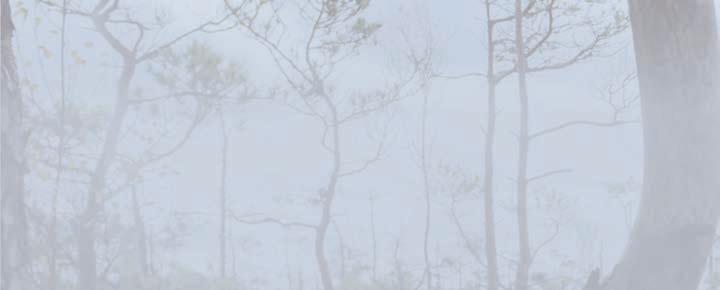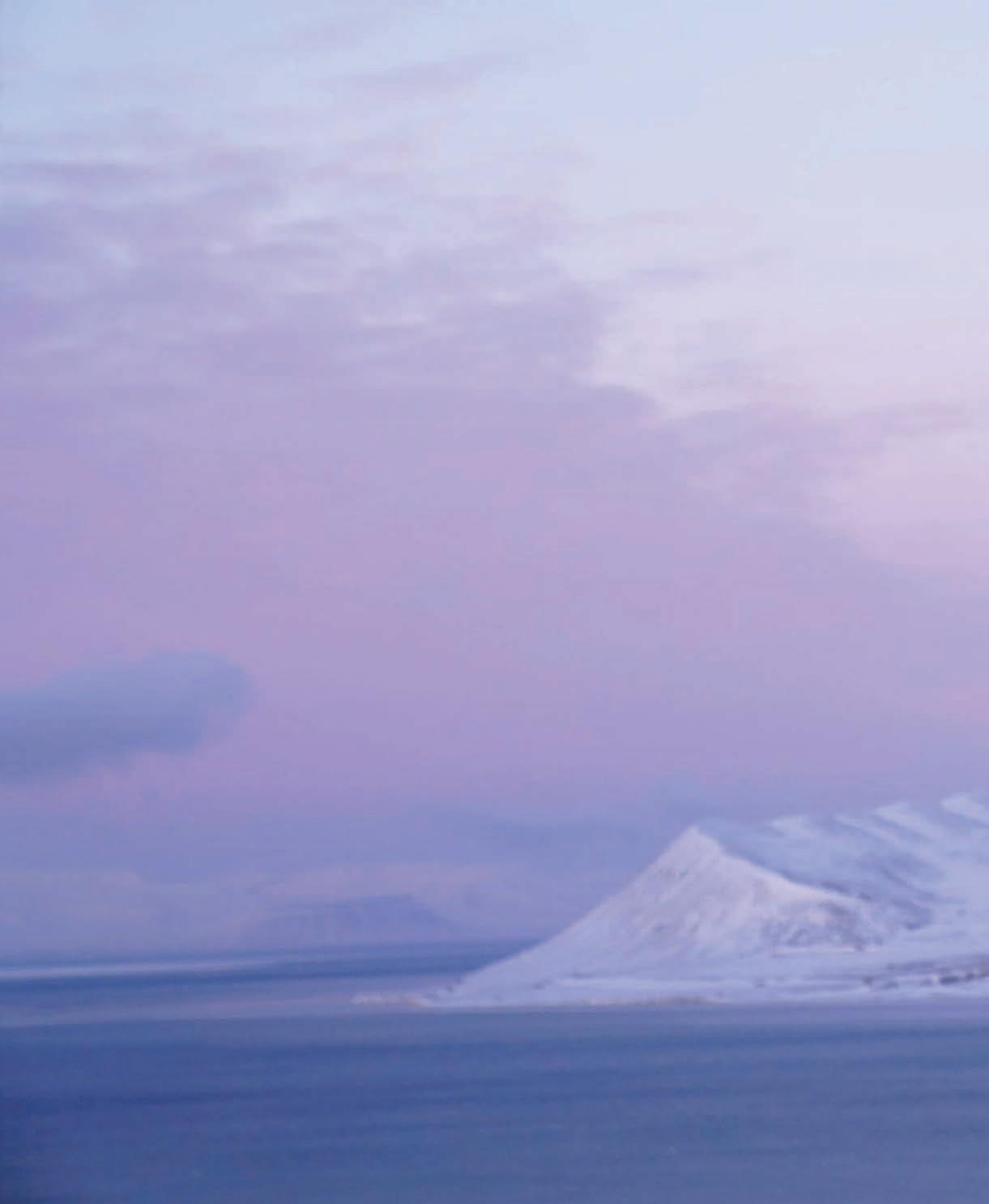4 minute read
History in the Making: Collecting Oral Histories in the Midst of a Global Pandemic
Next Article
by Alison DeRiemer, Archivist and Oral History Specialist

IN SPRING 2020, as the COVID-19 health crisis cast a shadow of uncertainty upon nearly all aspects of global life, the National Nordic Museum embarked on a mission to document these remarkable times in the form of a new oral history initiative. A Pandemic Preserved: The COVID-19 Crisis in the Nordic Countries and the Pacific Northwest was launched.
A Pandemic Preserved expands on the impressive body of interviews already gathered by the Museum. These recordings supplement ongoing oral history initiatives at the Museum, which, to date, include nearly 1,000 oral histories of Pacific Northwesterners with ties to the Nordic countries.
Part of the Museum’s longstanding and uninterrupted tradition of collecting oral histories, Nordic American Voices (NAV) was started by Museum volunteers in 2009 and is still coordinated by this dedicated core group of supporters over a decade later. As of February 2020, NAV has collected a remarkable 750-plus interviews, focusing on stories from Nordic immi-
“When we disembarked, there was a whole line of CDC personnel. They all had black uniforms, and they all had masks, and some of them had eye shields. They were all lined up. It was just disconcerting. Then, I think we were screened initially before we went through customs. So, we lined up. We were supposed to stay six feet apart, you know, the usual, but of course, it doesn’t always happen that way, because people are anxious.”
—Marjorie Graf, Seattle, May 18, 2020
grants and their descendants in the Pacific Northwest. Prior to the COVID-19 pandemic, NAV kept a busy schedule, conducting eight interviews nearly every month since its inception. Hundreds of these interviews are available on the Museum’s website; many more are scheduled for inclusion in the future. Additionally, NAV has produced two documentaries related to oral histories from the Second World War as well as a book, copies of which are available for sale in the Museum Store.
Launched in 2016, Interwoven is Museum’s project dedicated to collecting oral histories that examine culture and identity from individuals with blended heritage. The first phase of this project focuses on individuals of Nordic and Native American descent. Interwoven was the subject of two symposia in recent years in partnership with the Tulalip Tribes’ Hibulb Cultural Center.
As NAV and Interwoven paused their work for health and safety reasons in early 2020, the Museum shifted its focus to collecting oral histories related to the current global crisis. The
“We have other crises around the corner. We have the climate crisis. Even though we try to shut our eyes as hard as we can to not recognize this, we keep on living like we don’t have a climate crisis. My hope is that maybe we’ll realize when we’re in the middle of this [pandemic] what is important in our lives. Is it to be able to buy more stu , junk, gadgets, whatever? Or is it to have a healthy family and friends that you can be with?”
—Goran Andersson, Köping, Sweden, May 19, 2020

“The rst two ights—one from Seattle to Detroit, and then from Detroit to Amsterdam, went ne. It became a very eerie feeling, because the plane was onethird full, which was great, because we kept our distances. And we had to wear masks. At that time, they had started to require masks. But arriving in Amsterdam, it was a totally di erent thing. There, people were milling around. Most people did not wear masks. The plane to Copenhagen was absolutely lled, and that was quite scary, actually.”
—Marianne Forssblad, Halland, Sweden, June 18, 2020
National Nordic Museum is not alone in this pursuit; many other museums, universities, cultural institutions, and individuals are documenting the pandemic as well. When determining how this oral history project could best represent the pandemic, the Museum felt it was important to take advantage of the institution’s role as an internationally-focused museum. This makes A Pandemic Preserved the Museum’s first oral history project to collect stories internationally. Participants represent both the Pacific Northwest—the first United States epicenter of the disease—as well as all five Nordic countries. Through this broad lens, life during a global pandemic is being preserved and shared.
As of August 2020, eighteen interviews (with twenty-two narrators) have been completed for this ongoing oral history project. Interviews are conducted remotely via the video conferencing software, Zoom. The project’s participants represent a wide array of backgrounds and job sectors, including education, healthcare, and the arts, among several others. Discussions have centered
“It wasn’t meant to, but the upper side of my hand touched the upper side of his hand for like half a second, and then I realized, this is the only human touch contact I’ve had in three, four, ve weeks, and that’s depressing.”
—Kristin Stoltz Thomassen, Oslo, Norway, June 24, 2020 on the numerous ways in which the pandemic has affected lives, work, and outlooks on the future. Many narrators have relayed personal stories and candid perspectives, adding an intimacy and depth to these discussions.

This project is just beginning. Throughout 2020 and these next several critical years, the Museum will continue to collect these personal experiences as the global story unfolds. Each of the stories collected will be preserved for future generations, which will undoubtedly find oral histories to be an invaluable resource in studying our era.
Full interviews, videos, and transcripts can be found at nordicmuseum.org/collections
Copies of the NAV documentaries and book can be purchased at nordicmuseum.org/museumstore
More of the Museum’s oral histories can be heard at nordicmuseum.org/ collections
“Right away, after [I was diagnosed with COVID-19], the Icelandic health system took over, so to speak. We got phone calls every day. It was a very nice kind of secure feeling. You were not alone, somehow.”
—Jón Ársæll Þórðarson, Reykjavík, Iceland, May 14, 2020
“We had three layovers. On the rst ight, there were four people—four passengers, and four ight attendants on the whole plane. So, they were joking about it, being like a private ight. They gave us lots of stu for free, like food and stu . It was a really bizarre feeling. But the other ights were pretty normal, [but] people were very worried. It was kind of a tense feeling.”
—Love Karlsson, Stockholm, Sweden, May 16, 2020
“For my son, I think what’s hard for him, when you’re eight, you’re not texting with your friends. Zoom is awkward. For him, we’re really his only social outlet. What’s been incredibly hard is that he sees us all day long, and he hears us all day long, but we’re unavailable to him. And when you’re eight years old, that feels like a rejection: to see your parents, to hear them talking, to have them 20 feet away, but have them saying, ‘You need to do something else right now; I can’t play with you; I can’t watch a video with you.’ You know, I think for him, it feels extra lonely.”










